Your Cub Cadet snow blower's performance is erratic, and upon closer inspection, you notice that the machine's engine is surging. Now, you're thinking about why this problem appeared and what you should do to fix it. We researched these concerns for you, and here’s the information we found.
A Cub Cadet snow blower’s engine may surge because it might have a clogged idle jet or dirty spark plug. It may also be using expired fuel. Troubleshoot the machine to find the source of the problem. Then, use the appropriate fix based on your findings.
Keep reading as we talk about the potential culprits to the surging problem in your Cub Cadet snow blower’s engine. We’ll also tackle the possible solution to each underlying problem as you go through this post.
3 Reasons Cub Cadet Snow Blower Engine Surges (And Their Possible Fixes)
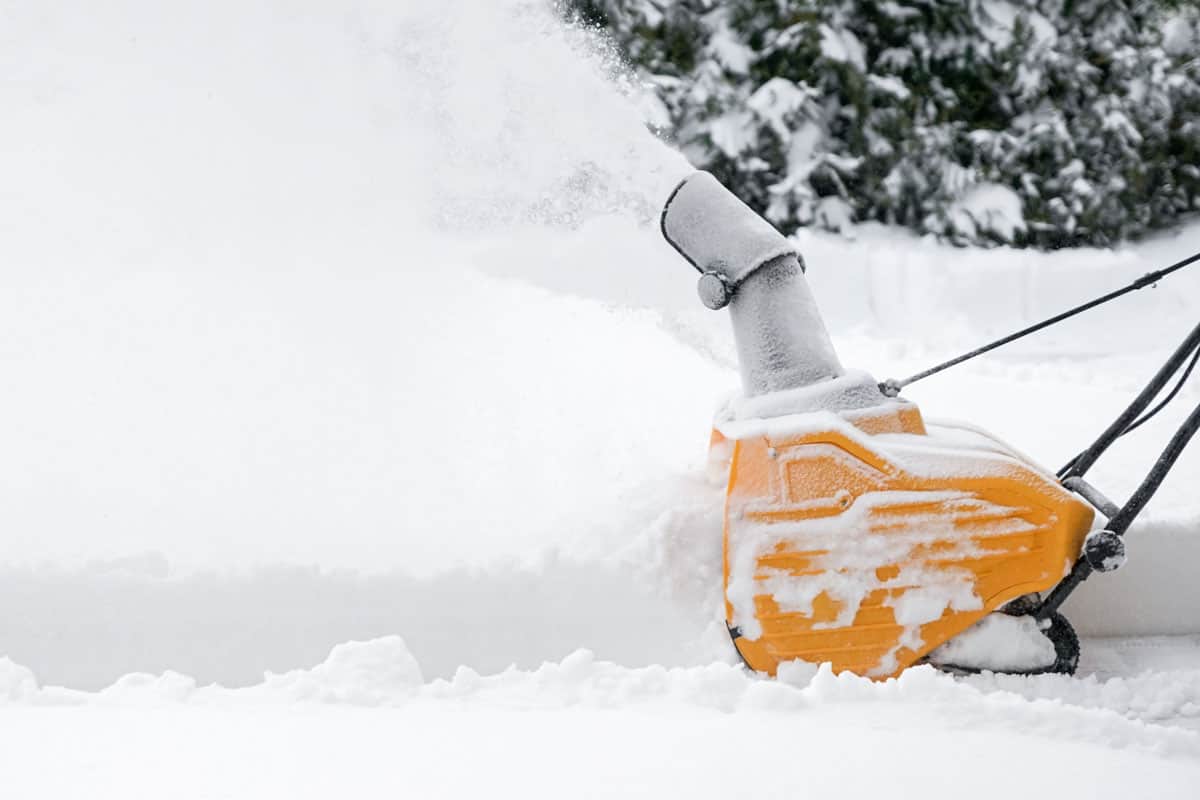
Expired Fuel
Expired fuel often doesn’t have sufficient volatility to promote an efficient snow blower performance. Take note that snow blower gas can expire, and it may occur in about 8 or 9 months when the machine is in storage.
Attempting to use a Cub Cadet snow blower with expired fuel may result in the engine surging. If the engine doesn’t surge, it’s also likely that it won’t start and turn over.
How To Fix
Drain the old fuel from the Cub Cadet snow blower and refill it with a fresh batch. Here are the general steps to complete this task:
What You’ll Need
- Fuel siphon pump kit
- Funnel
- Snow blower fuel
- Fuel stabilizer
Step-By-Step Guide
- Turn off the snow blower’s engine and remove its spark plug.
- Open the machine’s fuel tank and insert one end of the siphon hose into the opening.
- Connect the other end of the siphon hose to the suction pump.
- Turn on the siphon pump and wait for the fuel tank to empty.
- Remove the siphon hose from the fuel tank.
- Insert a funnel into the gas tank’s opening and refill the container with a fresh batch of fuel.
- Add the recommended amount of fuel stabilizer into the tank.
- Close and secure the fuel tank.
- Return the spark plug and turn on the snow blower’s engine.
- Allow the machine to idle for a few minutes to inspect if the surging issue persists.
Check out this product on Amazon.
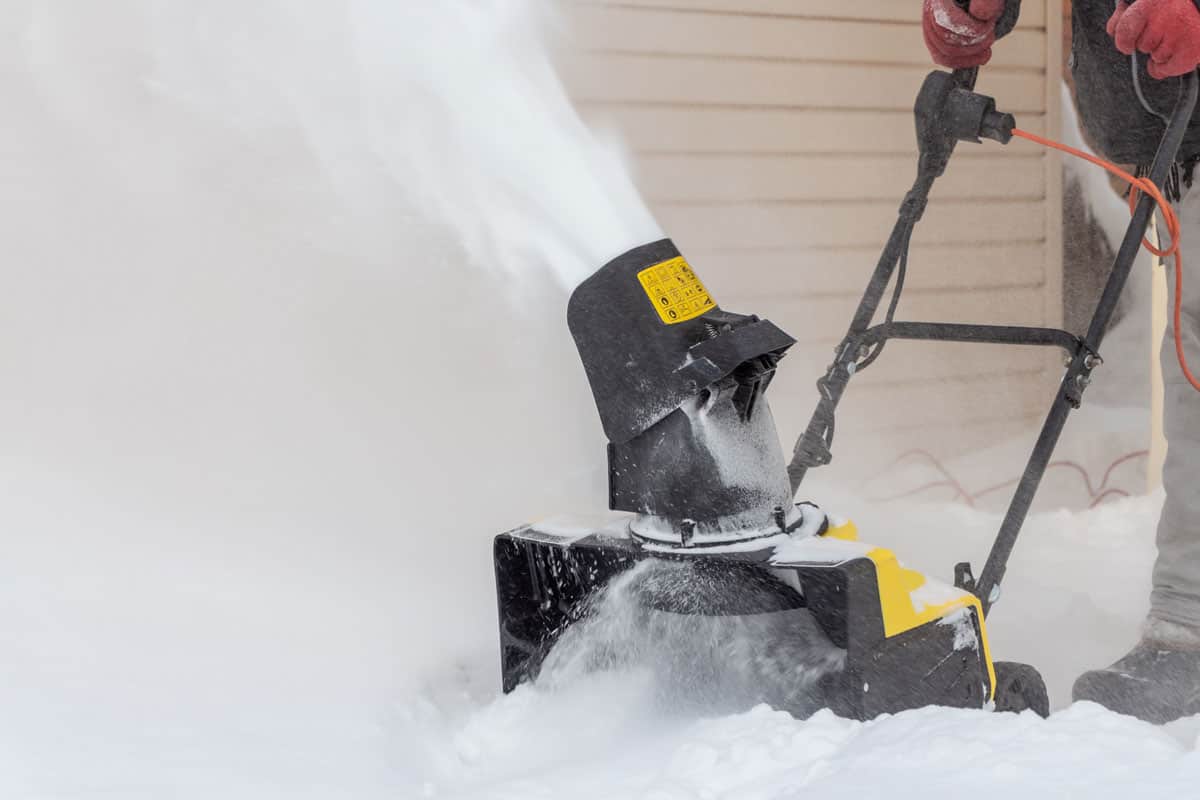
Clogged Idle Jet
The idle jet is a component typically found in a snow blower’s carburetor as part of its assembly. Also called the pilot jet, it helps control the air and fuel mixture as the machine is running. You can also find this component in many snow blower models, including those made and sold by Cub Cadet.
However, mineral deposits from the mixture may accumulate in the idle jet over time. If so, the part may become inefficient with its main function, resulting in frequent engine surges.
How To Fix
Cleaning the idle jet may restore the Cub Cadet’s engine to its optimal efficiency. Take note that you might need to remove and disassemble the carburetor to expose the idle jet before you can clean that part. You can follow these general idle jet cleaning steps once you’re ready to proceed with this task:
What You’ll Need
- Drain pan
- Ratchet and socket
- Rag
- Small cup
- Small pin or paper clip
- Carburetor cleaner
- Rust remover
- Snow blower fuel
Step-By-Step Guide
- Disengage the snow blower’s engine and remove its spark plug.
- Place the machine on a raised surface and ensure it’s level and parallel with the ground.
- Place a drain pan underneath the snow blower’s fuel tank.
- Remove the tank’s drain plug and wait for the container to empty.
- Return the drain plug to the fuel tank.
- Remove the cap on the wheel assembly. Then, pull out the wheel and set it aside temporarily.
- Unthread and remove the bolt securing the carburetor.
- Place a rag or small cup underneath the carburetor and be ready for some fuel escaping from the unit.
- Pull out the carburetor carefully.
- Poke the holes in the bolt with a small pin or paper clip to remove deposit buildup in them.
- If you encounter significant debris buildup, soak the bolt in carburetor cleaner.
- Remove the idle jet from the snow blower.
- Apply rust remover on the idle jet while following the product manufacturer’s instructions.
- Return the idle jet to the carburetor and secure it with its bolt.
- Return the machine’s spark plug and refill its fuel reserves.
- Turn on the Cub Cadet snow blower’s engine, and check if the surging problem persists.
Check out this carburetor cleaner on Amazon.
Tip: Request help from another individual to help you lift and carry the snow blower if needed. Also, use a siphon pump kit if your machine doesn’t have a drain plug.
Note: Some of these steps may not apply to your specific Cub Cadet snow blower model. So consult the product owner's manual to check if you need to go through other procedures to complete the idle jet cleaning process correctly.
You can also watch this video if you need a visual guide for this procedure. It’s important to note that the snow blower in the clip is a different model and made by another manufacturing brand. Nonetheless, the cleaning process should still be similar to cleaning an idle jet in a Cub Cadet unit:
Also, if you have difficulty starting a Cub Cadet snow blower, follow our link to learn the steps you need to follow.
Dirty Spark Plug
A Cub Cadet snow blower’s spark plug generally functions by igniting the fuel to start the machine’s engine. But dirt, debris, and corrosion may prevent this component from providing the necessary combustion to start the engine. If the engine can start with insufficient power, you may encounter surging from the machine.
How To Fix
Cleaning the spark plug may help restore its normal functions. You may take advantage of this procedure by following these general steps:
What You’ll Need
- Wire brush
- Rust remover
- Anti-seize grease
Step-By-Step Guide
- Turn off the snow blower’s engine and pull out the spark plug.
- Use a wire brush to remove the dirt and carbon buildup on the spark plug.
- Apply a reasonable amount of rust remover on the spark plug if it has some corrosion.
- Apply a small amount of anti-seize solution on the spark plug’s threading.
- Return the spark plug to the snow blower.
- Turn on the machine’s engine and check if it’s still surging.
Check out this product on Amazon.
You can also watch the video below if you need a visual representation of this procedure:
Note: Typically, it’s not ideal to clean a spark plug, even with the steps mentioned in this section. This particular component is quite fragile and can become prone to harm even with light cleaning techniques used. So it might be better to replace the spark plug than attempt this fix.
Check out this replacement Cub Cadet snow blower spark plug on Amazon.
How Do You Know If Your Carburetor Is Clogged On A Snow Blower?
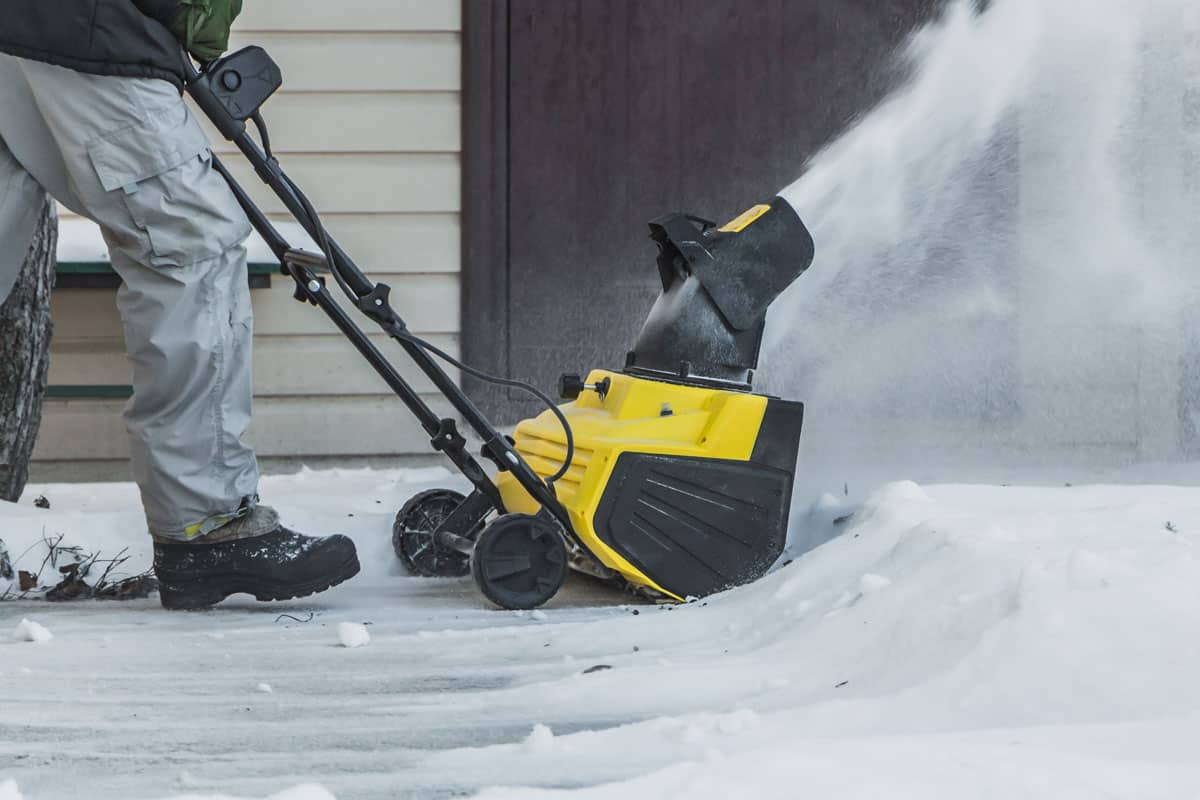
Aside from the snow blower’s engine surging, other signs to watch out for that may indicate the carburetor has a clog are:
- The snow blower fails to start and turn over
- The machine performs sluggishly or may stall frequently
- Unreasonably high fuel consumption
- It may take longer and may require additional tries to start the machine than usual
How Much Does It Cost To Repair Snow Blower?
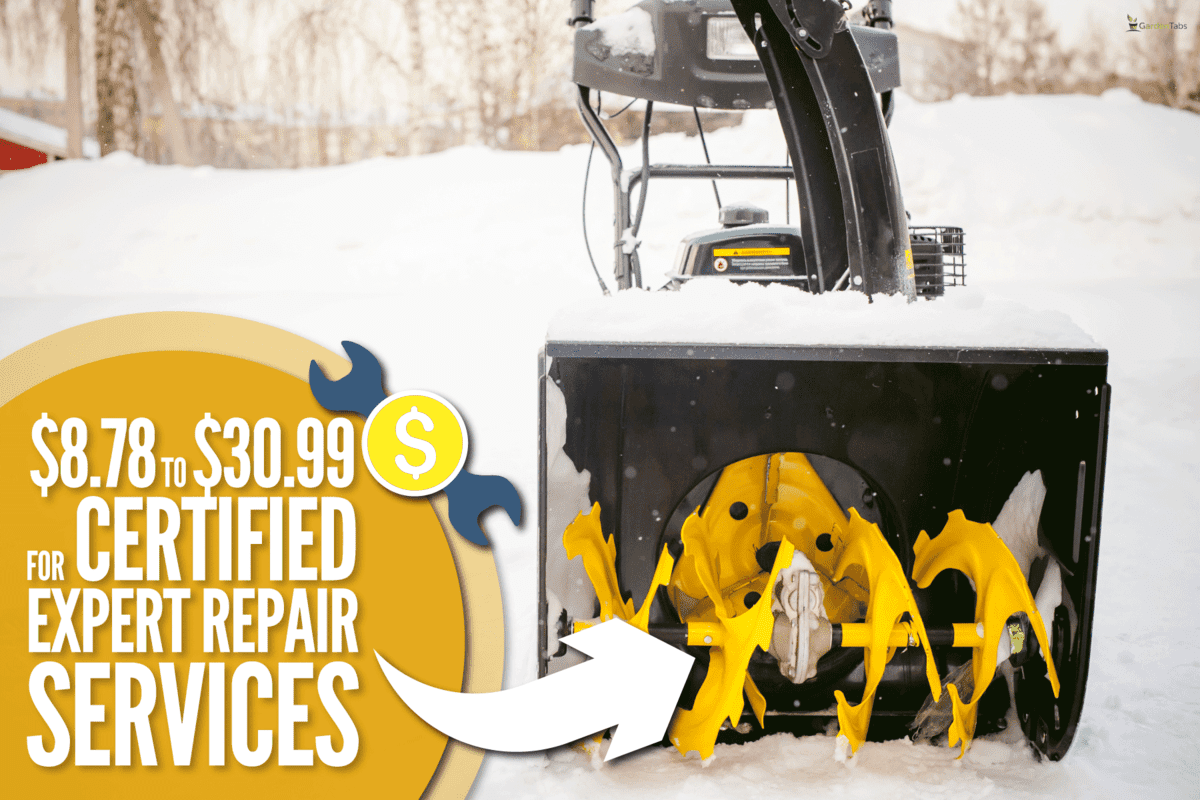
You might need to spend about $8.78 to $30.99 for certified expert repair services to fix your snow blower. The overall fees involved with the professional labor may depend on factors like the parts to fix or replace.
Other elements that may affect the price of the professional repair service are:
- The location of the repair shop
- The difficulty of the repair or replacement job
- The snow blower's specific model
Final Thoughts
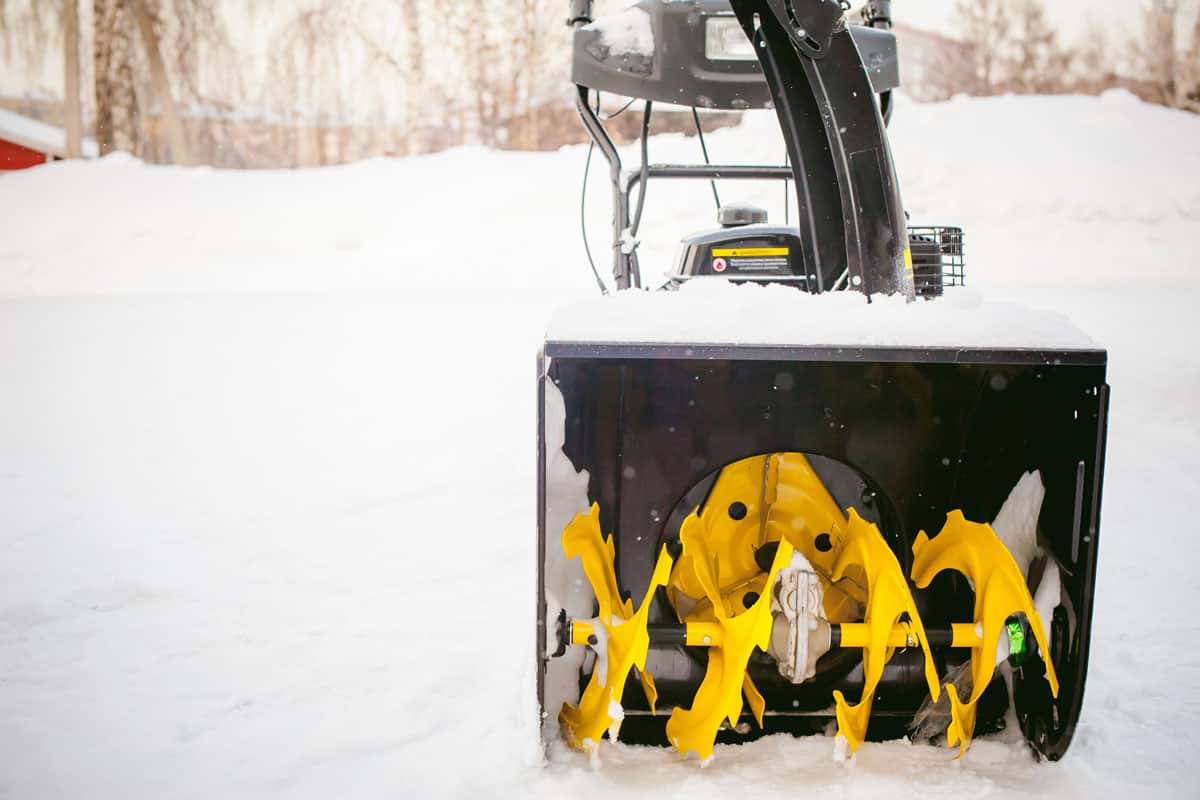
Inspect your Cub Cadet snow blower’s fuel tank, spark plug, and idle jet to find the source of the surging issue. Once found, you can use the appropriate DIY technique in attempting to fix the machine. If you think repairing the snow blower is too much for you to handle, you can take advantage of professional services to take over the task.
If you’re looking for answers to other Cub Cadet snow blower concerns, take a look at these other great posts:




